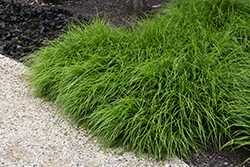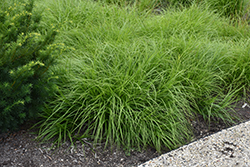It's all about ...
plants

Plant Height: 12 inches
Flower Height: 24 inches
Spread: 12 inches
Sunlight:
![]()
![]()
Hardiness Zone: 3a
Other Names: Plains Oval Sedge
Description:
A low maintenance and versatile native selection that features beautiful arching emerald green foliage; grows in low bunches from short, creeping rhizomes; excellent addition to borders, rock gardens, or edging around ponds and streams
Ornamental Features
Shortbeak Sedge is primarily valued in the garden for its interestingly mounded form. It features airy spikes of chartreuse flowers rising above the foliage in mid spring. Its attractive grassy leaves remain forest green in colour throughout the season.
Landscape Attributes
Shortbeak Sedge is a dense herbaceous perennial grass with a mounded form. It brings an extremely fine and delicate texture to the garden composition and should be used to full effect.
This is a relatively low maintenance plant, and is best cleaned up in early spring before it resumes active growth for the season. Deer don't particularly care for this plant and will usually leave it alone in favor of tastier treats. Gardeners should be aware of the following characteristic(s) that may warrant special consideration;
- Spreading
- Self-Seeding
Shortbeak Sedge is recommended for the following landscape applications;
- Mass Planting
- Border Edging
- General Garden Use
- Groundcover
- Naturalizing And Woodland Gardens
Planting & Growing
Shortbeak Sedge will grow to be about 12 inches tall at maturity extending to 24 inches tall with the flowers, with a spread of 12 inches. Its foliage tends to remain dense right to the ground, not requiring facer plants in front. It grows at a slow rate, and under ideal conditions can be expected to live for approximately 10 years. As an herbaceous perennial, this plant will usually die back to the crown each winter, and will regrow from the base each spring. Be careful not to disturb the crown in late winter when it may not be readily seen!
This plant does best in full sun to partial shade. It is an amazingly adaptable plant, tolerating both dry conditions and even some standing water. It is considered to be drought-tolerant, and thus makes an ideal choice for a low-water garden or xeriscape application. This plant should not require much in the way of fertilizing once established, although it may appreciate a shot of general-purpose fertilizer from time to time early in the growing season. It is not particular as to soil type or pH. It is somewhat tolerant of urban pollution. This species is native to parts of North America. It can be propagated by division.

